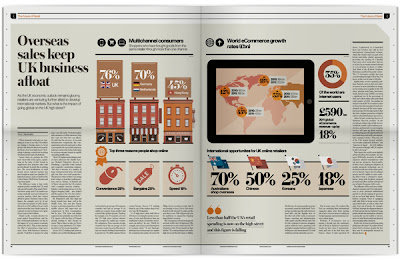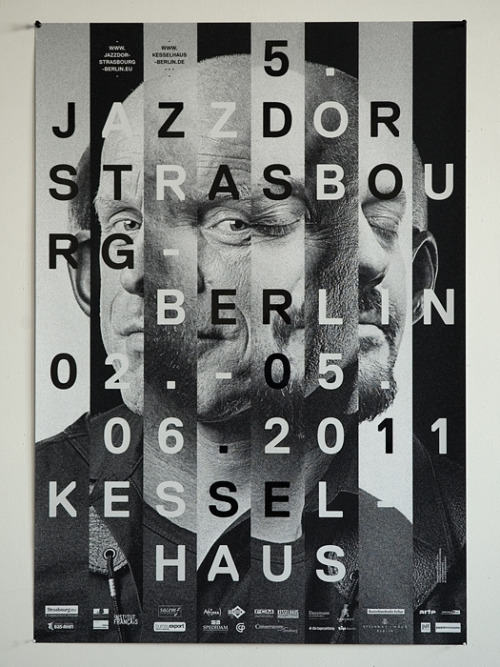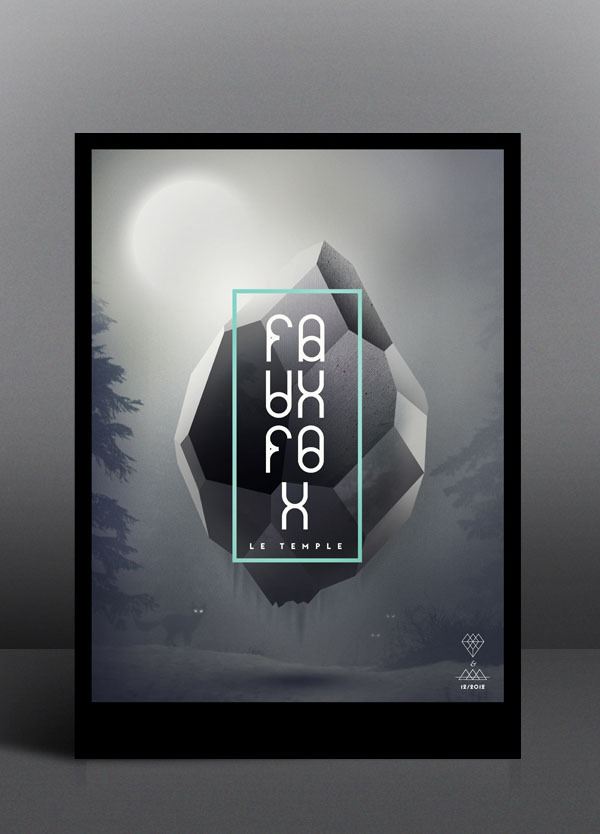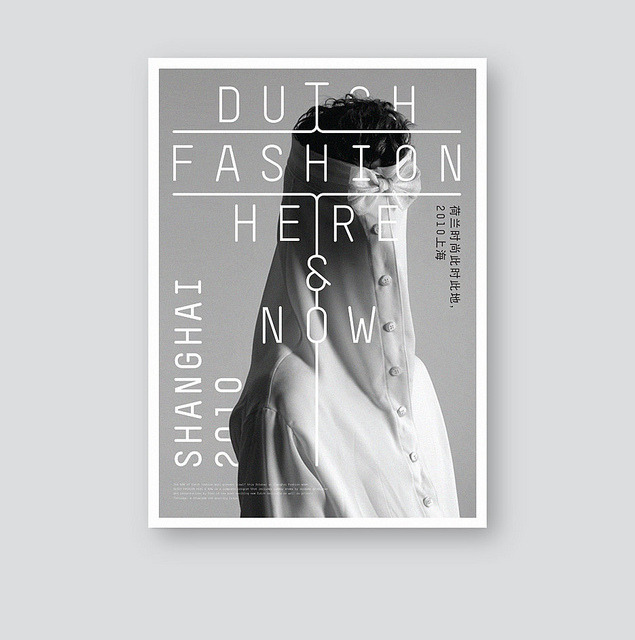http://www.guardian.co.uk/environment/2012/sep/11/100-most-endangered-species-planet
http://www.dailymail.co.uk/sciencetech/article-2201459/8-000-scientists-plea-save-100-endangered-animals-plants.html
http://library.thinkquest.org/11353/e-animals.htm
Website aimed at children, but can still be useful for my project:
http://www.enchantedlearning.com/coloring/endangered.shtml
http://www.kidsplanet.org/factsheets/map.html
Aimed at an older, more sophisticated audience:
http://www.earthsendangered.com/
+++
A certain species that caught my attention was the The Red River giant softshell turtle (Rafetus swinhoei) as it is probably the most threatened species in the world - with only 4 individuals recorded alive today.
STATISTICS
Population size:
4 individuals
Range:
Hoan Kiem Lake and Dong Mo Lake, Viet Nam, and Suzhou Zoo, China
Primary threats:
Hunting for consumption and habitat destruction and degradation as a result of wetland destruction and pollution
Actions required:
Education and awareness programmes, and captive breeding
Also known as the Yangtze giant softshell turtle.
(From wikipedia.org)
The Yangtze giant softshell turtle is noted for its deep head with pig-like snout and eyes dorsally placed. This critically endangered species holds the title of being the largest freshwater turtle in the world. It measures over 100 cm (39 in) in length and 70 cm (28 in) in width, and weighs about 70–100 kg (150–220 lb). The specimen caught from Vietnam weighed over 200 kg (440 lb). Its carapace, or shell, can grow larger than 50 cm (20 in) in length and width. Its head can measure over 20 cm (7.9 in) in length and 10 cm (3.9 in) in width. The male is generally smaller than the female and has a longer, larger tail.
+++



















































